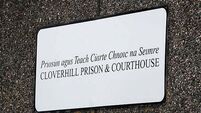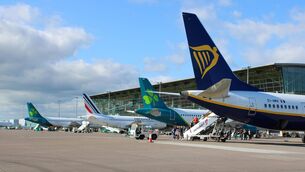Bosses in gear with BMW and Mercedes
The annual Irish Management Institute executive salaries survey found that 28% of chief executives drive a BMW, while a further 26% drive a Mercedes-Benz.
The next most popular choice for top management were Volvo and Audi.
For executives who head up function departments, a BMW also remains the most popular choice.
But for managers further down the executive ladder, more inexpensive cars top the list, with Volkswagon (21%), Volvo (15%) and Ford (11%) the popular choices.
But the number of companies offering executive company cars is falling with just more than half of chief executives getting a car compared to 88% in 1998.
The findings of the IMI were released along with its annual pay survey, which showed that the average managerial salaries rose by an average of 4.7% in the year to April 2003, quicker than the rate of inflation, which was 4.3% during the period.
It was an increase on the 3.7% rise seen in the previous 12-month period, which means a drop in pay when inflation is calculated.
IMI chief executive Barry Kenny said the biggest increases were seen by middle managers, where there was an average rise of 8%.
The IMI survey found that salaries are likely to rise by between 4% and 6% in the year to April 2004.
At the upper end of the scale, the chief executive of a company with 1,000 employees earns between €141,350 and €374,250 compared to the €112,573-215,728 earned by the head of a company with 100-250 employees.
At small companies, those with less than 100 employees earn between €93,648-152,500.
Surprisingly, given the growth of the hi-tech sector in Ireland, IT company bosses are among the lowest-paid executives, with managers earning €130,000 a year compared to just under €200,000 for choice executives in the healthcare sector who are the best-paid managers.
Annual secretarial salaries have also risen, with a personal assistant now earning €35,000 in 2003, up from €32,378 in 2001.
Secretaries at Irish companies are being pay a salary of €26,000, up from €24,950 two years ago.
Looking at other benefits and perks, the IMI found that a third of chief executives had 26-30 days annual leave compared to 21% of line managers who received this amount of time off. Only 28% of executives took less than 20 days off compared to 41% of line managers. The State-owned Voluntary Health Insurance Board is the most popular private health insurance provider with 77% of companies opting for its cover, with just 7% choosing its British rival BUPA.















